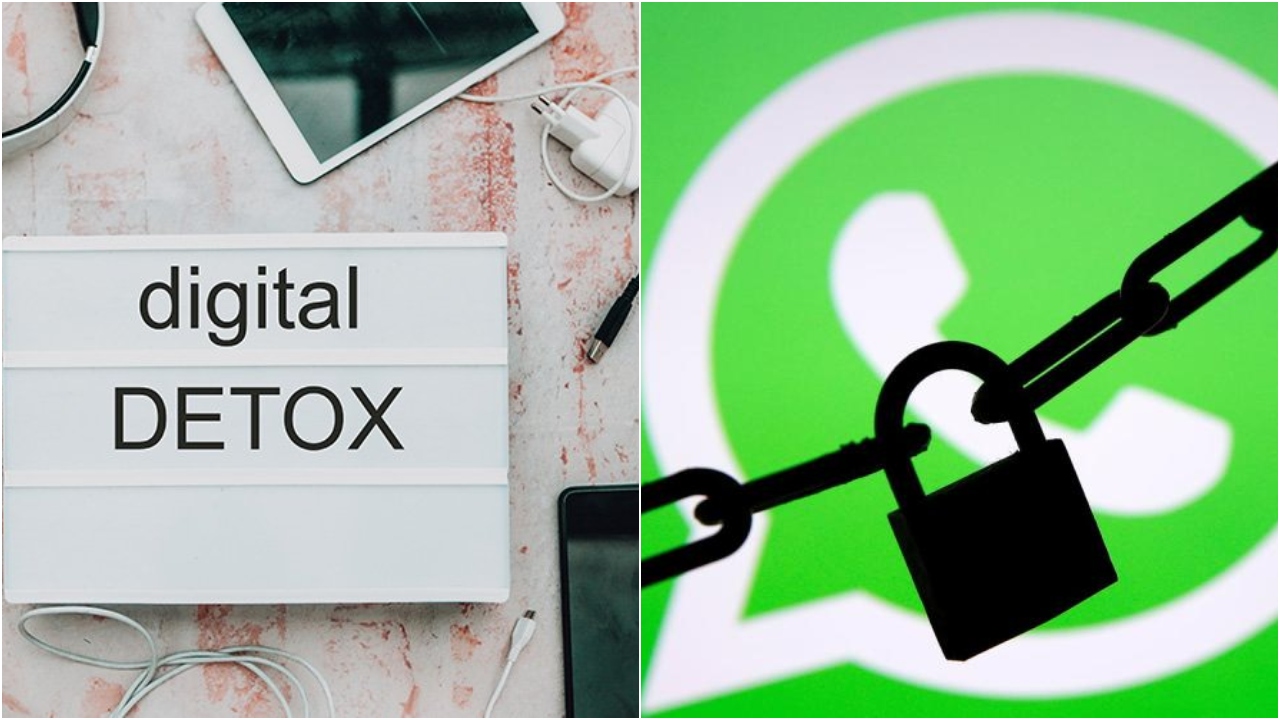In today’s hyper-connected world, digital devices are integral to our daily lives, offering incredible benefits in terms of communication, information, and entertainment. However, the constant connectivity can also lead to digital overload, affecting mental health, relationships, and overall well-being. A digital detox – intentionally reducing or eliminating digital device usage for a certain period – can help mitigate these effects, leading to a more balanced and fulfilling life. Here’s how to embark on a digital detox journey.
Recognize the Need for a Detox
The first step is acknowledging the impact of digital overload on your life. Symptoms may include feeling constantly distracted, increased anxiety or depression, poor sleep quality, and reduced physical activity or in-person social interactions.
Set Clear Goals and Boundaries
Define what you hope to achieve through your digital detox. Are you looking to improve sleep, increase productivity, or foster better relationships? Setting specific goals can guide your detox process and make it more effective.
Gradually Reduce Screen Time
)
Abruptly going cold turkey can be challenging and unsustainable. Start by gradually reducing screen time:
- Limit social media use to certain times of the day.
- Avoid screens at least an hour before bed to improve sleep quality.
- Designate tech-free zones in your home, such as the bedroom or dining area.
Find Alternatives to Digital Activities
Identify activities to fill the time you’d typically spend on digital devices:
- Rediscover hobbies like reading, painting, or playing a musical instrument.
- Engage in physical activities such as walking, yoga, or cycling.
- Spend quality time with family and friends, focusing on in-person interactions.
Use Technology to Your Advantage
Ironically, technology can help you manage your digital detox:
- Use apps that track screen time and set limits on app usage.
- Turn off non-essential notifications to reduce the urge to constantly check your phone.
- Leverage features like “Do Not Disturb” during designated tech-free times.
Communicate Your Intentions
Let your friends, family, and colleagues know about your digital detox plans. This can help manage expectations regarding your availability and encourage others to support your journey or even join you.
Reflect on Your Experience
Throughout your digital detox, reflect on how the changes are affecting your life:
- Note any improvements in mood, sleep, productivity, or relationships.
- Adjust your goals and strategies as needed based on your observations.
Incorporate Long-term Changes
Use insights gained during your digital detox to inform long-term changes to your digital habits. This might involve ongoing limits on screen time, regular tech-free weekends, or more mindful consumption of digital content.
Conclusion
A digital detox offers an opportunity to reset your relationship with technology, leading to improved mental health, enhanced real-life connections, and a greater appreciation for the world around you. By consciously unplugging, you can reclaim control over your digital life and find a healthier balance that allows for a more fulfilling and present existence.



